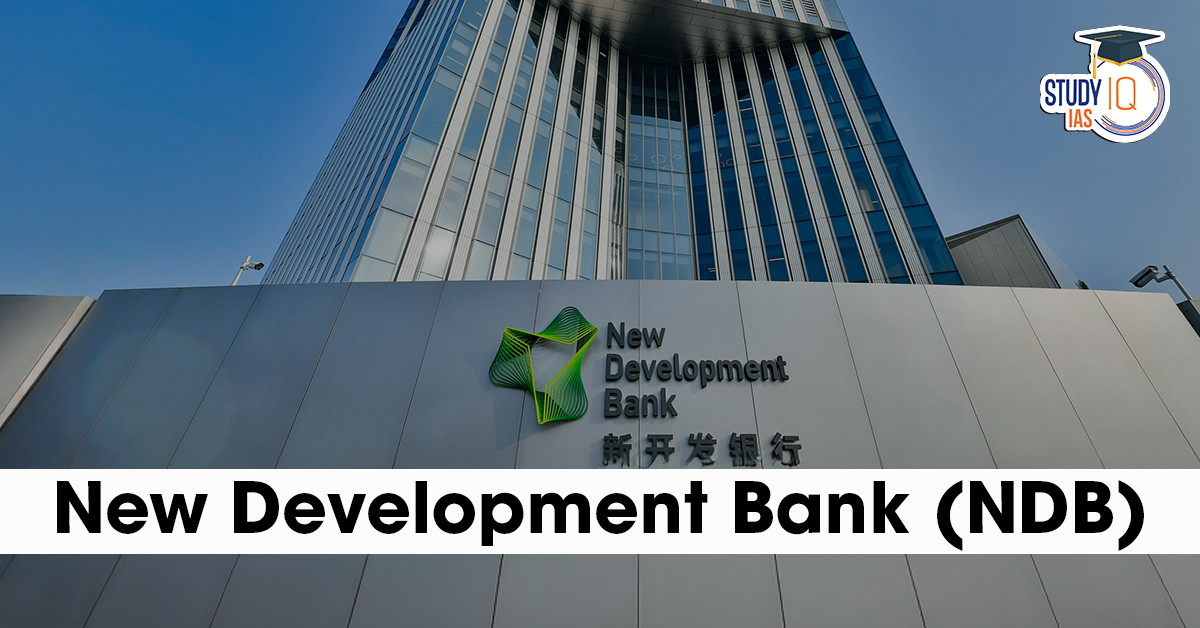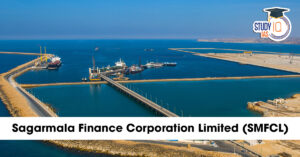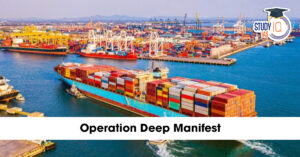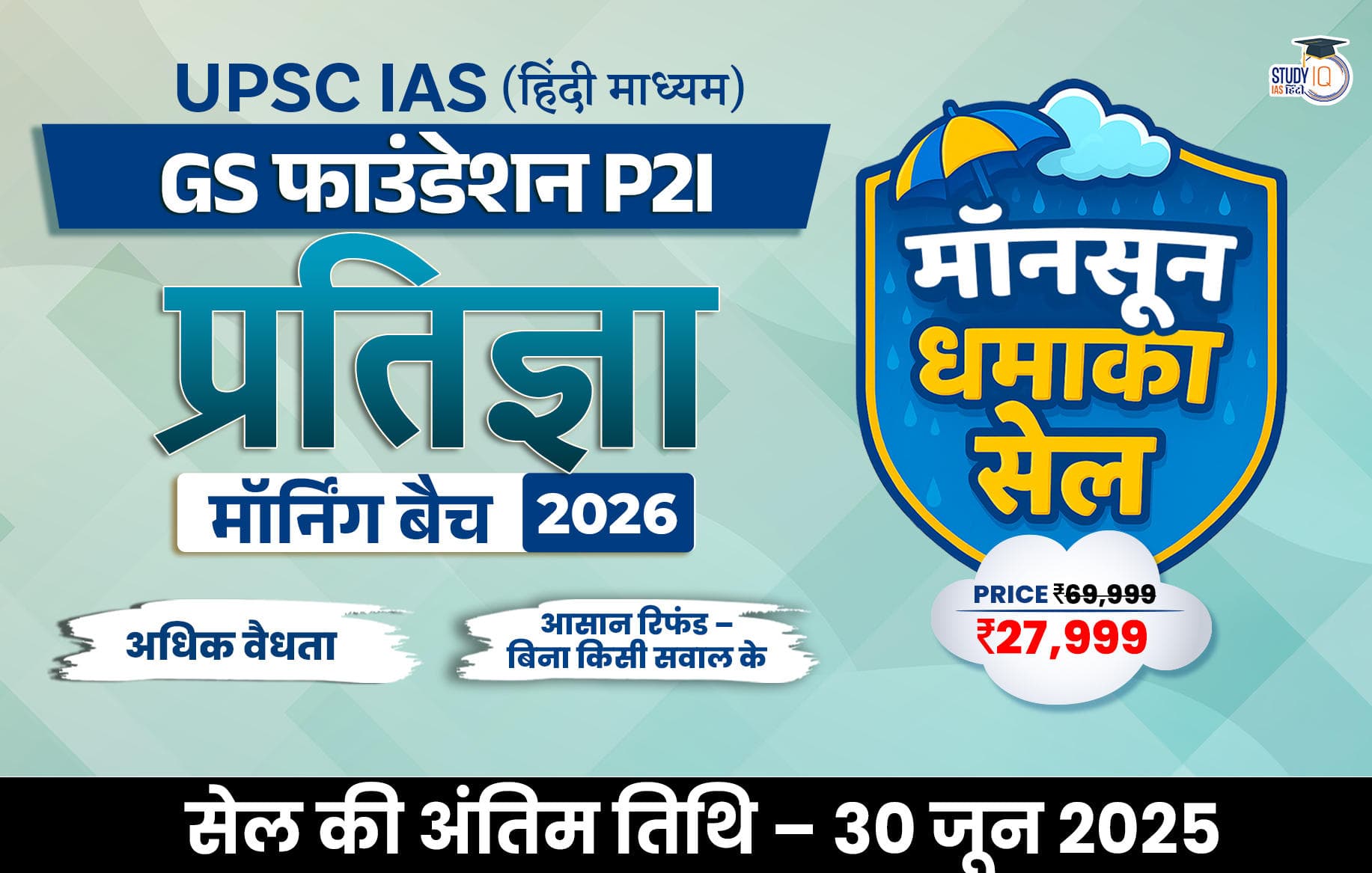Table of Contents
Context: Algeria becomes the 9th Member of the New Development Bank (NDB).
About New Development Bank (NDB)
The New Development Bank (NDB), popularly referred to as the BRICS Bank, is a multilateral financial institution established by the BRICS nations—Brazil, Russia, India, China, and South Africa—to provide funding for infrastructure and sustainable development projects in developing and emerging economies. Its establishment marks a pivotal step towards reshaping global financial governance and reducing reliance on traditional financial institutions such as the World Bank and the International Monetary Fund (IMF).
Aim
Functions as a multilateral development bank aimed at mobilising resources for infrastructure and sustainable development projects in emerging markets and developing countries (EMDCs).
Establishment and Headquarters
The New Development Bank (NDB) was officially launched during the 6th BRICS Summit in Fortaleza, Brazil, in 2014. The bank’s headquarters are located in Shanghai, China. This initiative reflected the collective vision of the BRICS countries to foster economic growth and development within their regions and other emerging economies globally.
New Development Bank Membership and New Members
The founding members of the NDB are the BRICS Countries:
- Brazil
- Russia
- India
- China
- South Africa
Current Members of New Development Bank (NDB)
Brazil, Russia, India, China, South Africa, Bangladesh, UAE, Egypt, and Algeria.
Open Membership: Available to all UN member states, including borrowing and non-borrowing countries (as per Article 2 of the NDB Agreement).
Prospective Member: Uruguay (approved by the Board of Governors; full membership pending upon deposit of accession instrument).
Key Objectives of the New Development Bank
The NDB is driven by the following objectives to foster sustainable and inclusive development:
Promoting Sustainable Development
The bank funds projects that align with the UN’s Sustainable Development Goals (SDGs), focusing on renewable energy, environmental sustainability, and climate resilience.
Supporting Infrastructure Development
Recognising the critical role of infrastructure in economic growth, the NDB finances large-scale projects such as transportation networks, energy systems, and urban development in BRICS nations and other developing economies.
Reducing Dependence on Traditional Financial Institutions
By offering alternative funding options, the NDB aims to reduce the dependency of its members on institutions like the World Bank and the IMF, which are often criticised for their stringent conditions and Western dominance.
Promoting Local Currencies
The NDB encourages the use of local currencies for funding and transactions to reduce reliance on the US dollar, thereby enhancing financial stability and sovereignty among member countries.
Capital Structure of NDB
The NDB’s capital structure reflects its robust financial framework and commitment to long-term development:
- Authorized Capital: $100 billion
- Subscribed Capital: $50 billion shared equally among the five founding BRICS nations.
The BRICS countries collectively maintain a minimum of 55% ownership, ensuring their pivotal role in the bank’s decision-making and operations.
- Voting Rights: Founding members must hold a minimum of 55% of the total voting power.
Governance Structure of NDB
The governance structure of the NDB is designed to maintain transparency, equity, and efficiency in its operations:
- Board of Governors: Comprising the finance ministers of the BRICS countries, this board oversees the bank’s strategic direction and policies.
- President: The president of the NDB is chosen from one of the member countries on a rotational basis.
- Vice Presidents: The other member nations are represented by four vice presidents, ensuring balanced representation.
This governance model enables the NDB to function as an inclusive and efficient multilateral financial institution.
Significance of the New Development Bank
The New Development Bank (NDB) holds significant importance in the global financial landscape:
- Strengthening Multilateral Cooperation: The bank exemplifies the potential of South-South cooperation by uniting developing nations to address shared challenges.
- Empowering Developing Economies: It provides much-needed financial support for projects that might not receive funding from traditional institutions.
- Challenging Western Financial Hegemony: By promoting local currencies and reducing dollar dependence, the NDB challenges the dominance of Western-led financial systems.
Key Achievements of NDB
Since its inception, the NDB has approved billions of dollars in loans for various projects across member nations, including renewable energy, urban transportation, and water management initiatives. Notable achievements include:
- Funding renewable energy projects in Brazil and South Africa.
- Supporting urban infrastructure development in India.
- Financing road and transport projects in Russia and China.
Contemporary Relevance of Regional Financial Institutions like NDB
- Focus on Sustainable and Inclusive Development: Supports projects aligned with environmental sustainability and social inclusion.
- As of 2024, India has approximately 20 active projects worth $4.87 billion, including sectors like transport and water conservation.
- Addressing Infrastructure and Investment Gaps: Aims to provide long-term financing for critical infrastructure.
- Helps attract private capital and bridge funding shortages in developing regions.
- Promoting Regional Integration and Stability: Facilitates cross-border cooperation and development initiatives.
- Strengthens South-South cooperation through India’s active role in both the NDB and the Asian Infrastructure Investment Bank (AIIB).
Challenges and Future Outlook
While the New Development Bank has achieved significant milestones, it faces challenges such as:
- Expanding Membership: Maintaining a balance between inclusivity and efficiency as new members join.
- Funding Limitations: Ensuring sufficient capital to meet growing demands for infrastructure and development projects.
- Global Economic Uncertainty: Navigating geopolitical tensions and economic volatility.
Despite these challenges, the NDB’s future appears promising. By leveraging its strengths and expanding its operations, the bank can play a pivotal role in reshaping global financial governance and supporting sustainable development worldwide.
Conclusion
The New Development Bank stands as a testament to the collective vision and determination of the BRICS nations to foster sustainable development and economic growth. By providing an alternative to traditional financial institutions, promoting local currencies, and prioritising infrastructure development, the NDB is poised to drive meaningful change in the global financial architecture. With its inclusive membership and innovative approach, the bank is well-positioned to address the challenges of the 21st century and empower developing economies globally.


 Sagarmala Finance Corporation Limited (S...
Sagarmala Finance Corporation Limited (S...
 Operation Deep Manifest, Key Features an...
Operation Deep Manifest, Key Features an...
 Goods and Services Tax (GST), Objectives...
Goods and Services Tax (GST), Objectives...





















